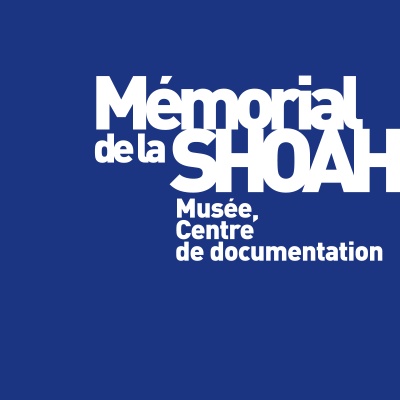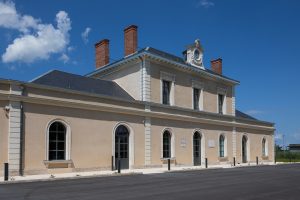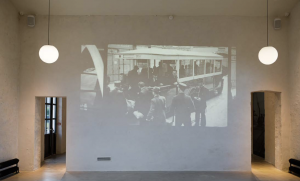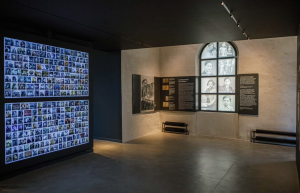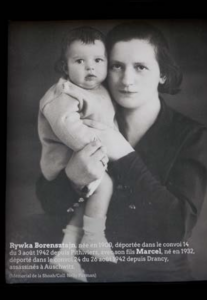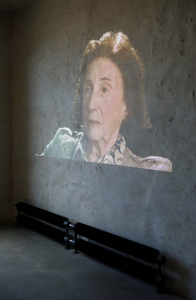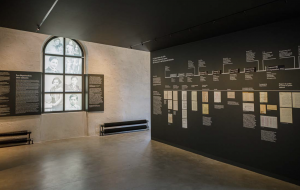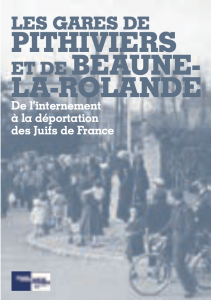JACQUES FREDJ, DIRECTOR OF THE SHOAH MEMORIAL
Between 1941 and 1943, more than 16,000 Jews, including nearly 4,500 children, arrived by train at the stations of Pithiviers and Beaune-la-Rolande to be interned in the camps of Loiret managed by the French administration, under the control of the Nazis.
From 14 May 1941, these same places saw the internees, the families who came to visit them, their couriers and the parcels arrive or leave for months.
Among the people arrested during the roundup of 16 and 17 July 1942, 7,600 were transferred to the camps in Loiret. For many, these victims are women and children whose fathers had been arrested in May 1941 and who were going to precede them in the deportation and death at the Auschwitz-Birkenau camp. Separated from their parents, left in great distress, more than 3000 children are then transferred to the Drancy camp to be deported as well.
After the stations of Bourget-Drancy and Bobigny, it is from these quays that the greatest number of deported Jews left our country, with the complicity of the French state. During the year 1942, the stations of Pithiviers and Beaune la Rolande were the last contact with the soil of France for more than 8100 Jewish deportees.
They were the witnesses of this tragic story and of the workings of the implacable genocidal system set up by the Third Reich.
Thanks to a long-standing committed partnership with the SNCF, the role of the stations of Pithiviers and Beaune-la-Rolande in the internment and deportation of Jews from France is at the heart of this new exhibition, installed in the old passenger station of Pithiviers.
By retracing the long history of these stations, which had participated in the development of the region at the end of the 19th century, until they were closed to passenger traffic a century later, this exhibition also intends to show the inscription in everyday life of familiar places that turn into a mass crime on a European scale during the Second World War. It also shows the long and difficult work of the collective memory to fully reconstruct this story, thanks in particular to the commitment of personalities such as Serge Klarsfeld, Henry Bulawko and Hélène Mouchard-Zay, founder of the Cercil.
The exhibition designed with the scenographer Martin Michel preserves the building designed in 1872 and rehabilitated by the SNCF. She does not intend to recreate a setting, she carries the history and memory of the places by showing the global context in which they are part.
This place entirely turned towards education is intended to complement the Shoah Memorial in Paris, a general place on the history of the Holocaust, the Drancy Memorial located opposite the former internment camp which has become a hub for the deportation of the Jews of France, as well as the Cercil in Orleans which restores the history of the camps of Pithiviers, Beaune-la-Rolande and Jargeau.
All these museums and places of memory supported today by the Memorial aim to allow everyone to fully discover or rediscover this page of our common history, to raise awareness about the consequences of intolerance, racism and antisemitism as well as the necessary defense of republican values on which our democracy is based.
